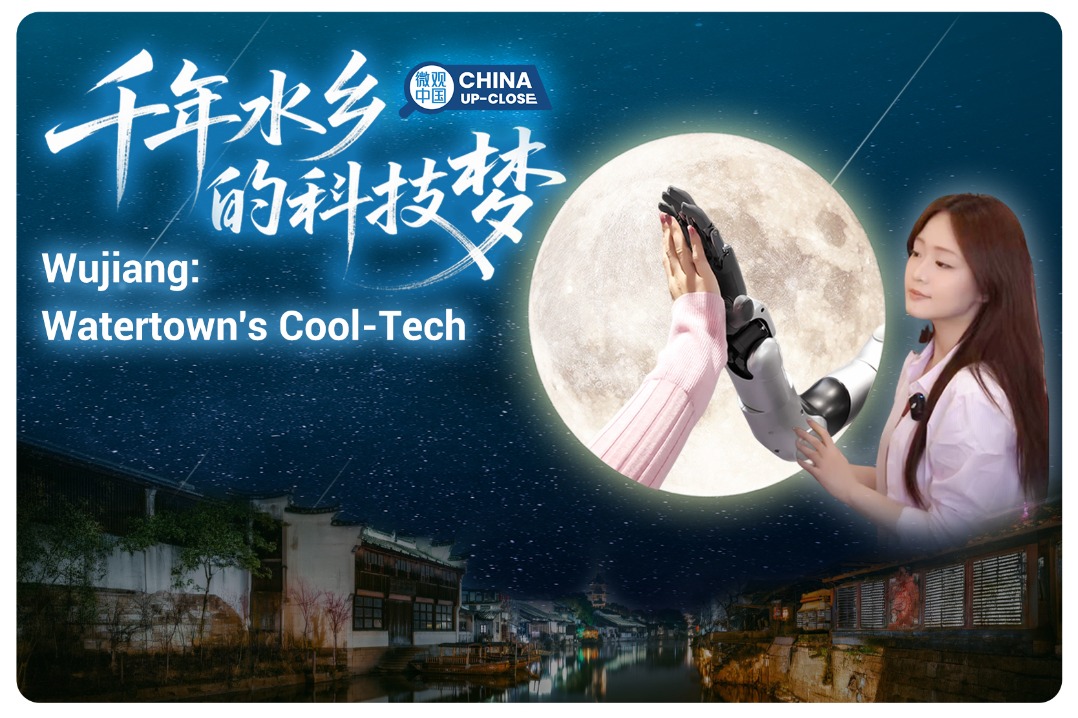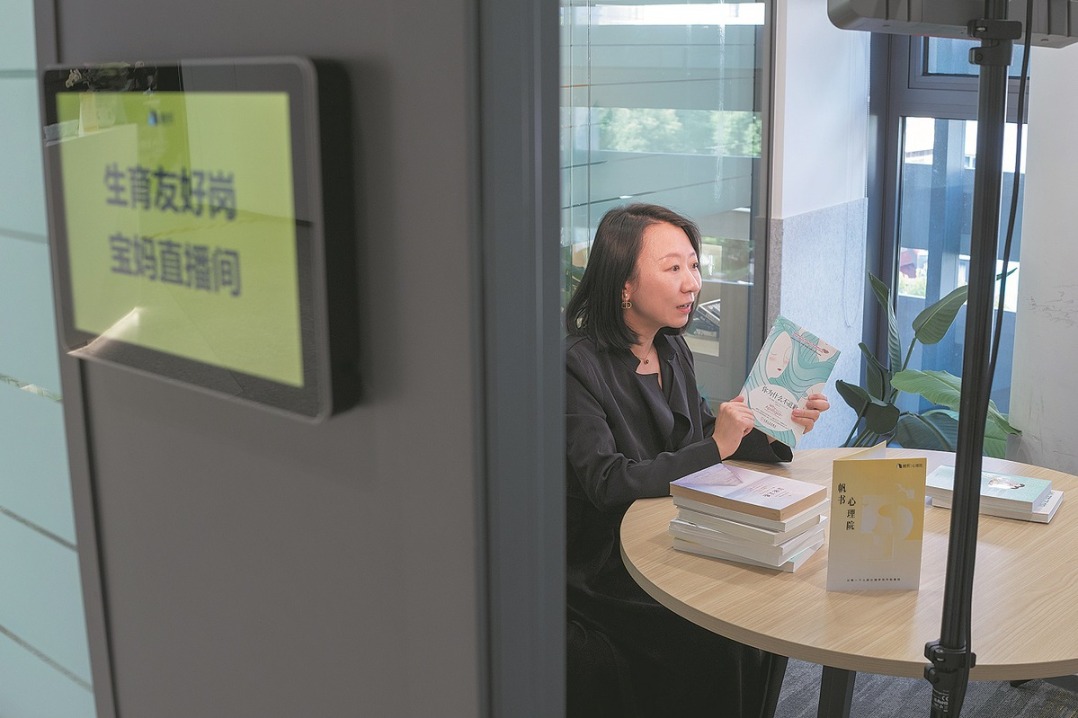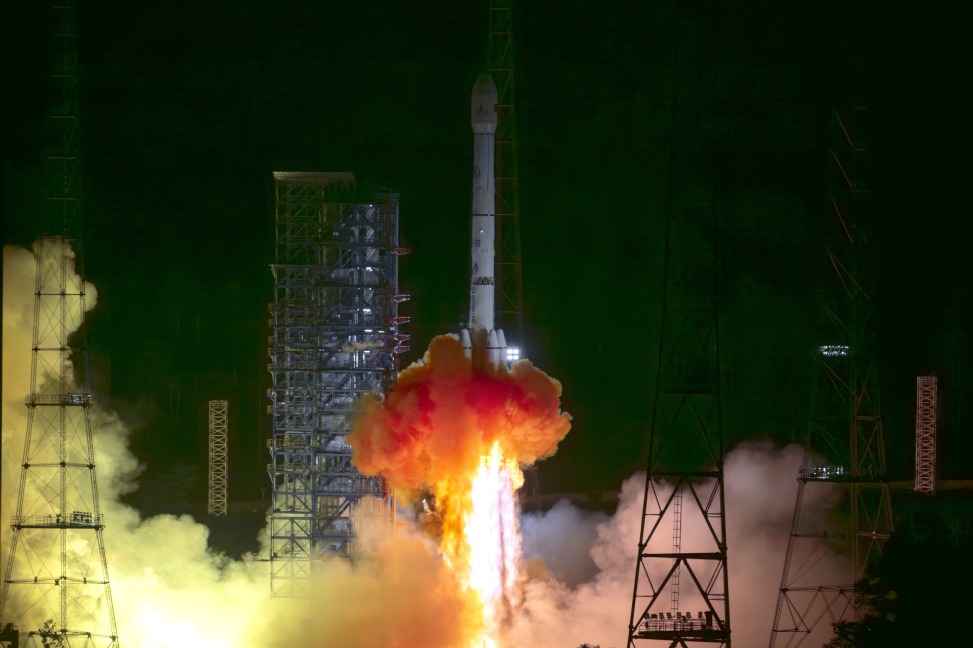Twixt towers of Shenzhen, Edinburgh castle
You thought a kilted businessman in Scotland and a suave entrepreneur in China have nothing in common? Think again






Editor's note: Amity between the people holds the key to sound state-to-state relations. China Daily will come out with a series of stories highlighting Chinese cities' special connections with sister cities, mutual understanding, trust and friendship between peoples of different countries and cultural backgrounds, and shining light on "city diplomacy".
In a trip that melded ancient castles with modern architecture, haggis with dim sum, and the skirl of bagpipes with the hum of electric vehicles, the Lord Provost of Edinburgh, Robert Aldridge, found a fascinating story in Shenzhen. It was one of shared ambition, entrepreneurial and innovative drive, and a dedication to preserving culture.
"Brilliant and fascinating trip," Aldridge wrote on X after he accompanied a trade delegation to Shenzhen, Guangdong province, in May last year.
At first blush, Edinburgh and Shenzhen may seem like a total mismatch — one a sprawling, sun-drenched technology hub, the other windswept and soaked in history — yet a closer look makes them look more like siblings. They are both open, vibrant, inclusive and innovative, qualities rooted in their knack for breaking the mold and bringing out the new.
Shenzhen was a testing ground for China's reform and opening-up, and in 1980 was designated one of the country's first special economic zones. Since then it has transformed itself from a small fishing village to a center of manufacturing, technology, finance and trade, its GDP last year being 3.68 trillion yuan ($510 billion).
The city is often called China's Silicon Valley, and companies such as Tencent, Huawei and BYD, now global household names, were founded there.




















